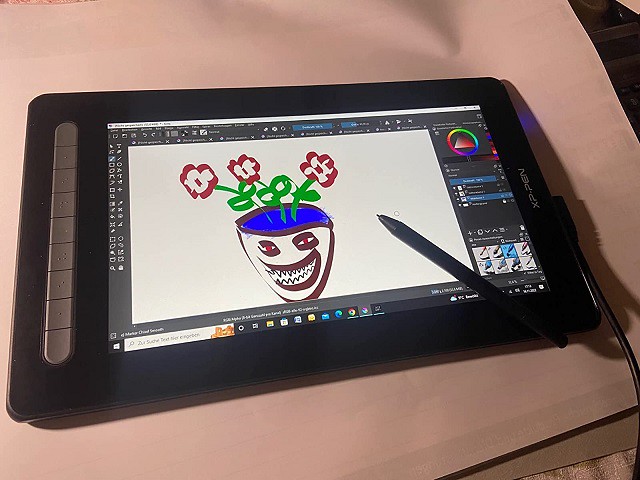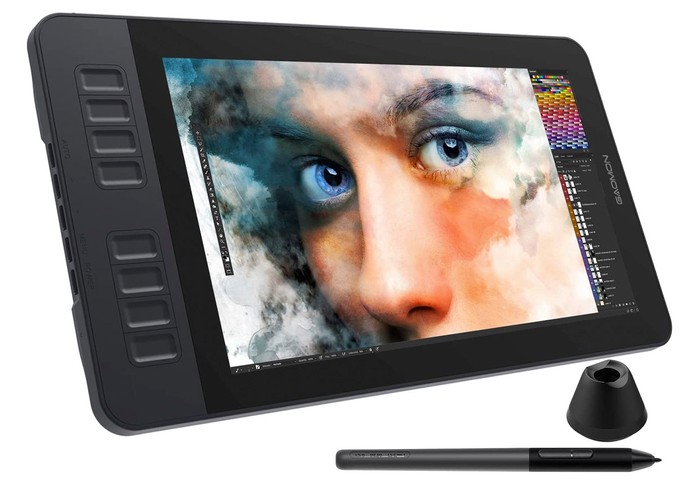Animation has come a long way from its humble beginnings. It has evolved from simple pencil sketches to sophisticated pixel-perfect computer-generated imagery (CGI). The history of animation is a fascinating journey that has seen the convergence of art, technology, and storytelling. In this 1500-word article, we will take you through the remarkable history of animation, from the early days of hand-drawn animation to the cutting-edge CGI techniques used in modern filmmaking.
The Birth of Animation: The Pencil Sketch Era
The history of animation can be traced back to ancient times when early civilizations created optical illusions using simple devices like the zoetrope and the phenakistoscope. These devices used spinning disks and slits to create the illusion of motion from a series of still images. However, it was in the late 19th and early 20th centuries that animation as we know it began to take shape.
The Phenomenal Winsor McCay
One of the pioneers of animation was Winsor McCay, whose groundbreaking work in the early 1900s changed the course of animation history. McCay’s most famous creation, “Gertie the Dinosaur,” was a character brought to life through a series of hand-drawn sketches. This marked the beginning of character animation and set the stage for the animation industry’s rapid growth.
The Golden Age of Hand-Drawn Animation
The 1930s to the 1950s are often referred to as the Golden Age of Animation. During this period, animation studios like Disney, Warner Bros., and MGM created timeless classics that continue to captivate audiences of all ages. Hand-drawn animation techniques reached their zenith, and beloved characters like Mickey Mouse and Bugs Bunny became cultural icons.
Disney’s Technological Advancements
Walt Disney played a pivotal role in advancing animation technology. His studio introduced the first full-color cartoon, “Flowers and Trees,” in 1932. Disney’s commitment to innovation led to the creation of the multiplane camera, a device that added depth and dimension to animation. This era saw the birth of classics like “Snow White and the Seven Dwarfs” and “Cinderella.”
The Advent of Stop-Motion Animation
While hand-drawn animation was at its peak, another animation technique was making its mark – stop-motion animation. This method involved manipulating physical objects frame by frame to create the illusion of motion. Iconic figures like King Kong and Ray Harryhausen’s fantastical creatures brought a new dimension to animation.
The Transition to Computer Animation
The late 20th century witnessed a significant shift in animation techniques. With the advent of computers, animators began to explore the possibilities of computer-generated animation. One of the milestone moments in this transition was the release of Pixar’s “Toy Story” in 1995, the first feature-length film made entirely with CGI.
The CGI Revolution
Computer-generated imagery opened up a world of possibilities for animation. It allowed for the creation of lifelike characters and intricate worlds that were previously unimaginable. Blockbuster hits like “Shrek,” “Finding Nemo,” and “The Incredibles” demonstrated the power of CGI animation.

Animation in the 21st Century
In the 21st century, animation has continued to evolve. Traditional hand-drawn animation has become a niche art form, while CGI dominates the industry. Advances in technology have led to hyper-realistic animation and immersive virtual reality experiences. Animation studios are constantly pushing the boundaries of what is possible.
Conclusion: Animation’s Endless Evolution
The history of animation is a testament to human creativity and innovation. From the early experiments with optical illusions to the sophisticated CGI of today, animation has constantly evolved. It has captured the hearts of audiences worldwide and continues to be a powerful medium for storytelling and entertainment.
As we look back on this incredible journey from pencil sketches to pixel-perfect animation, we can only wonder what the future holds for this dynamic art form. One thing is certain: animation will continue to surprise and delight us with its endless possibilities. If you are looking for some information about animation, be sure to visit Shihou Mizuki to learn more.



